От халепа... Ця сторінка ще не має українського перекладу, але ми вже над цим працюємо!

Scandinavian management model: NERDZ LAB Experience

Volodymyr Khmil
/
CEO
9 min read
What comes to mind when you hear the word “Scandinavian”? Probably Scandinavian minimalism (hello IKEA!), Nordic walking (which became very popular during the lockdown), or the Scandinavian management model if you’re a project manager. Like most things that hail from Scandinavia, it’s cool and progressive.
At NERDZ LAB, we like to think we’re progressive, too, which is why we’ve embraced this model. Using this model, we’ve grown to a team of seventy-five people and are confidently moving forward.
My name is Volodymyr Khmil. I’m the founder and CEO of NERDZ LAB, and I’d like to share our company’s experience with the Scandinavian management model.
Article content:
Two Management Models: Hierarchical vs. Flat
Pros and Cons of the Scandinavian Model
Two Management Models: Hierarchical vs. Flat
Let’s take a quick trip to the not-so-distant past. In the 20th century, companies managed their staff through hierarchies. There was a boss; under the boss, in descending order were their assistants, department heads, team leaders, and, finally, regular employees. Picture a Christmas tree structure. The boss made all the decisions and cascaded them downwards, while reports traveled upwards through the same chain.
This authoritarian style of management had its advantages: decisions were made quickly since the all-powerful boss didn’t need to consult anyone. No long, tedious meetings were necessary to reach consensus.
However, the downsides outweighed these: decisions were not always effective because no one listened to the department heads who understood the on-the-ground realities. Employees’ motivation to develop and think creatively was at rock bottom because their input didn’t matter.

Over time, this authoritarian model became outdated, giving way to a new approach — the flat management model. As the name suggests, there’s no “Christmas tree” structure here and no top dog calling all the shots. Now, every employee can contribute to the company’s growth and help move it toward its goals.
Each person becomes a kind of micro-entrepreneur, genuinely invested in the part of the business they are responsible for. For this to work, though, everyone needs to clearly understand the company’s direction and how they can help achieve its goals within their area of expertise. At the center of this model are people—their work environment, motivation, and skills.

Scandinavian management model
If you’ve made it this far, you’ve probably guessed that the Scandinavian management model is flat, with no complicated hierarchies. While it shares some similarities with its European or Japanese counterparts, it stands out with five key features that clearly signal you’re dealing with Scandinavian management. Here’s the “fab five”:
The company doesn’t just hire top talent from the job market; it also builds loyalty between employees and top management. The latter is more important.
Responsibility within the company is decentralized. Managers and employees communicate directly without intermediaries like secretaries or assistants, ensuring minimal distance between them and leadership.
The company fosters and maintains informal relationships between top management and employees. No one cares how fancy your job title is. Scandinavian management is about eliminating barriers and fear of leadership, promoting consensus, and fostering the desire to implement agreed-upon decisions.
Minimal bureaucracy. Most decisions are made in an informal setting without bureaucratic delays. There are no convoluted processes designed to maximize control over employees.
Results are everything. No one cares how, where, or when you get your work done. It’s considered successful if it delivers results. Whether you work from home or the office, or from 9 to 5 or 5 to 9, is entirely up to you.
Like any management style, the Scandinavian Model comes with its benefits and challenges (though not many, to be honest). Here’s what we’ve observed.
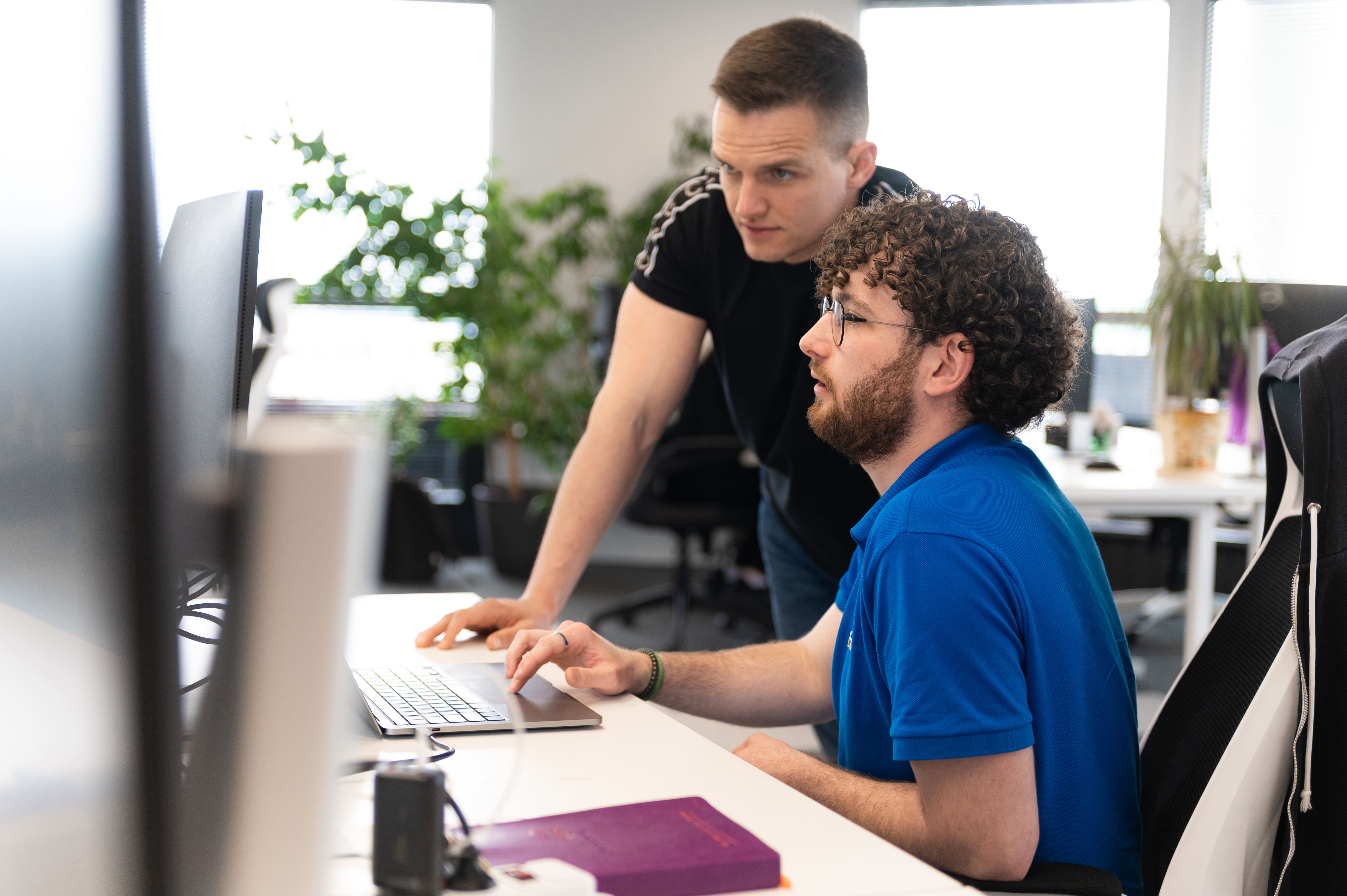
See also: NERDZ LAB CEO Volodymyr Khmil on how to win the IT market
Pros and Cons of the Scandinavian Model
Modern companies are fighting for talent. Every company wants to bring top professionals on board. The Scandinavian management model is advantageous because it’s “people-centric” and addresses several key issues.
Companies that use this model offer a comfortable working environment, which means people tend not to look around for a better fit. The Scandinavian model promotes informal relationships within the team, motivating employees to stay in a friendly workplace rather than stepping out of their comfort zone to adjust to a new team (fellow introverts, you know the pain).
In this model, every employee is responsible for their work and free to organize their work process independently. This approach motivates people to develop and seek new solutions for routine problems. A healthy competitive environment emerges where everyone strives to move forward, and the company benefits by having employees who are constantly growing and improving professionally.
A company with a Scandinavian model is a bureaucracy-free company. Employees are not afraid to pitch new ideas and can freely discuss them with managers. You don’t have to jump through hoops to get approval.
Another huge plus: companies that care about their employees and treat them as responsible professionals automatically become magnets for talent from competitor companies. Word of mouth works, making recruitment much easier, as employees refer their acquaintances.
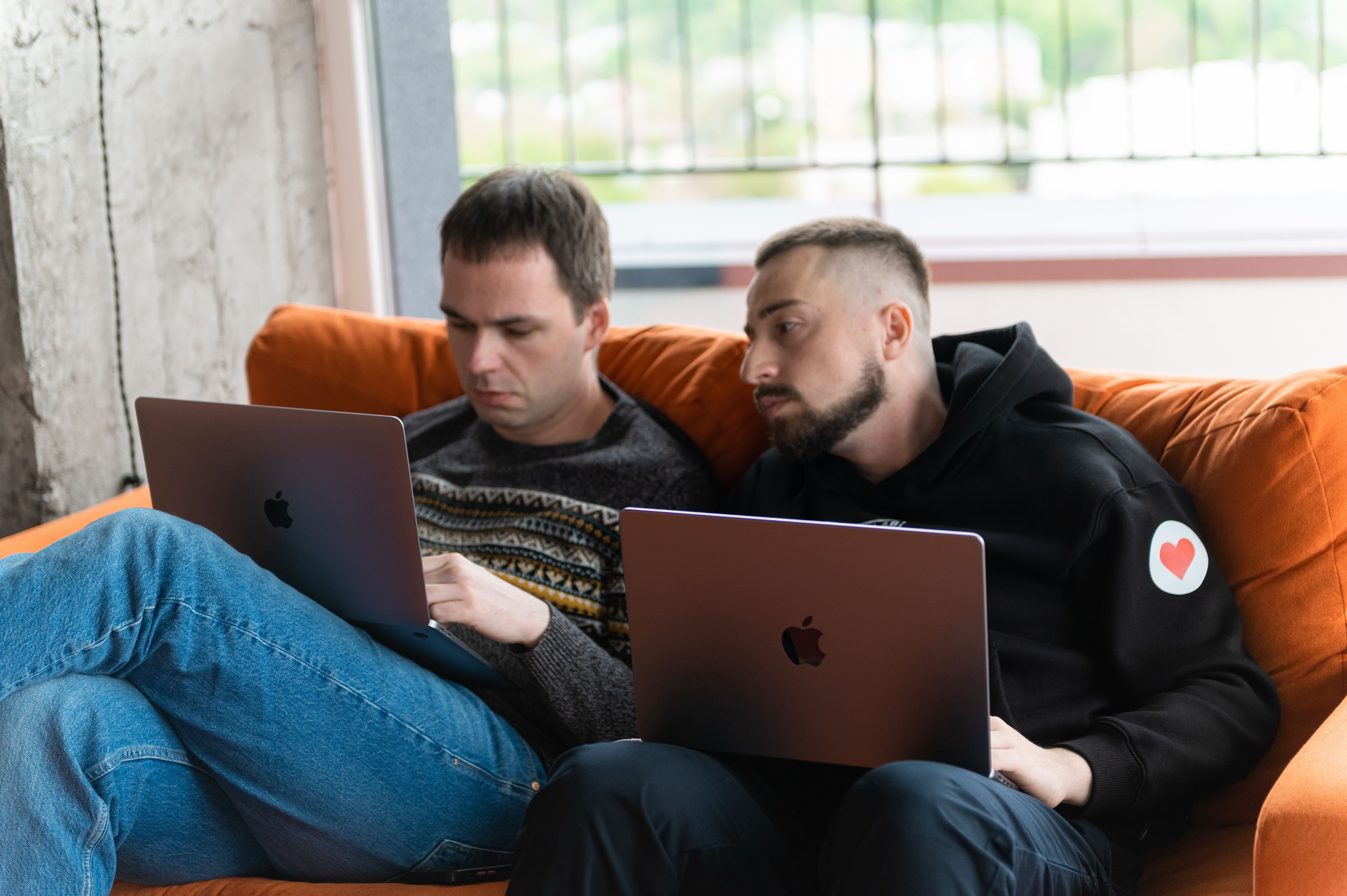
Now, let’s take off the rose-tinted glasses and talk about the cons of the Scandinavian model. There are very few — just two, in fact — and they’re more like risks than downsides.
The first risk is decision-making speed. It’s not always as lightning fast as you might want. Every decision must be discussed and agreed upon with the team, which takes time. Sometimes, in prioritizing employee satisfaction, a company might make decisions that end up being disadvantageous.
The second risk is goal setting. If goals and tasks are not clearly defined, employees may struggle to deliver high-quality results. Freedom and responsibility are great, but achieving good results may take longer without clear criteria and well-defined tasks.
Next, I’d like to tell you how we at NERDZ LAB apply the Scandinavian model in practice.
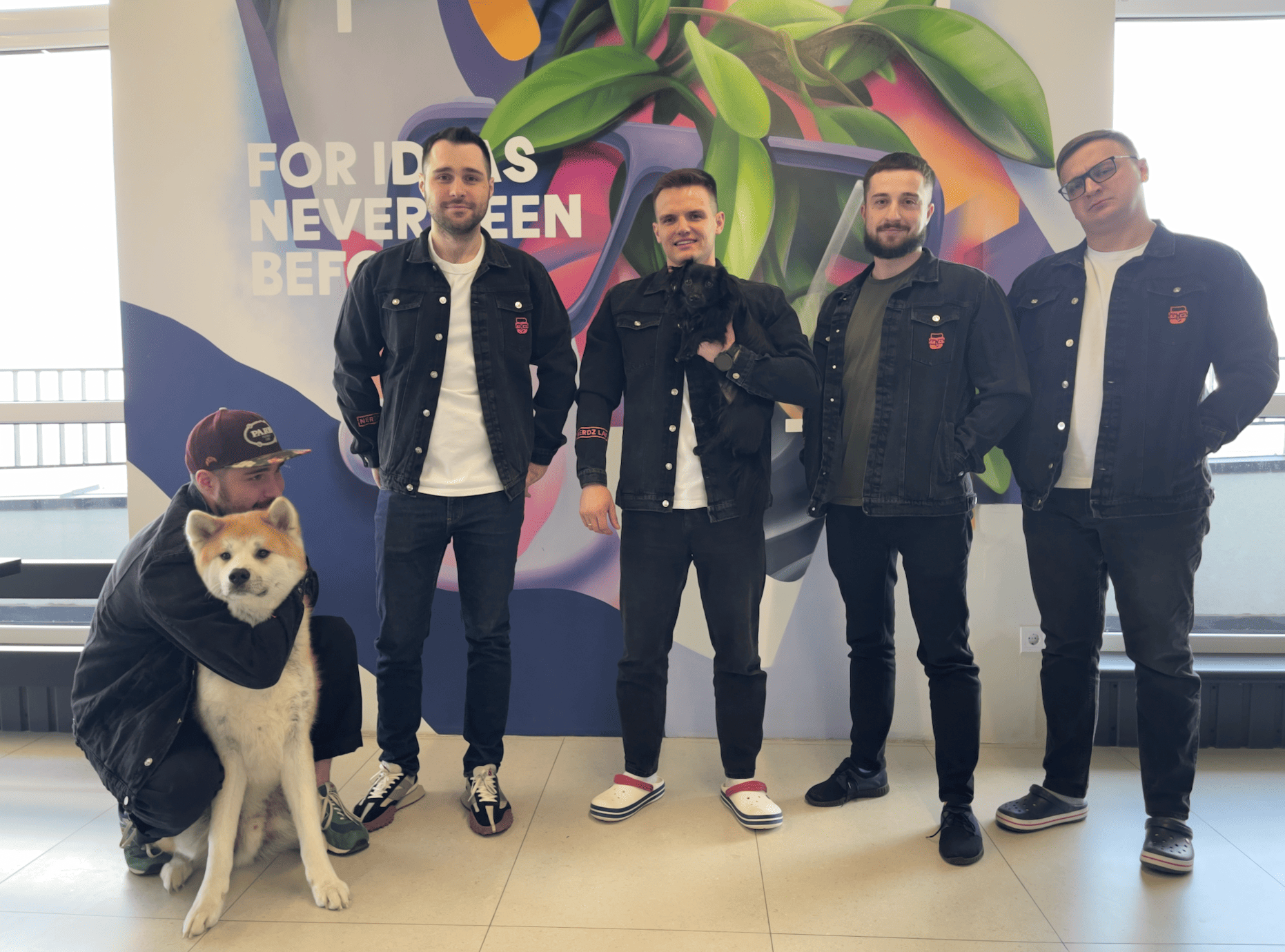
NERDZ LAB’s Experience: From theory to practice
When we started our company, no one was talking about the “Scandinavian model.” We had one goal — to create a company where it would be comfortable to work. It wasn’t just about having better cookies than the competition; it was about the atmosphere, the projects, and the way we treat employees — the three factors that make work enjoyable. Later, we realized our approach was very much aligned with the Scandinavian concept. That’s when we decided to explore it further and adopted even more of its ideas.
How does this work in practice? We focus on our employees and the projects they work on. We strive to choose projects that motivate our developers and are interesting to work on. We avoid projects with legacy code. We don’t take on projects where we’d have to rewrite someone else’s mistakes. We avoid outdated technologies.
We’re drawn to projects where developers can work with something new and fully showcase their skills. That’s why we actively develop startups in their first or second funding rounds. The latest technologies, code from scratch, freedom, and responsibility — that’s what it’s all about. And it’s genuinely exciting.
What else, besides exciting projects, do we offer our developers?
Our company believes that programmers shouldn’t be chained to their desks. We provide all developers with MacBook Air or MacBook Pro laptops. If you want to come to the office, you can; if not, you can work from home or a café.
We also understand that everyone has their own rhythm of life. Some prefer working in the morning, some in the evening, and some just don’t work at all (okay, we don’t have those). We have a flexible work schedule. Start your workday whenever you want and take as many breaks as you need for comfortable work. If something urgent comes up during the week and you need to step away for a few hours, you can easily make up those hours over the weekend.
Read more about managing remote teams here
It’s important for us to maintain a friendly atmosphere in the company where everyone knows each other well. Therefore, we do not plan to hire hundreds of developers. We want to remain a company where everyone knows what their colleagues are working on, what projects they are involved in, and what their interests are outside of work.
Our small size gives us another bonus: we don’t assign levels to developers. We only care about skills and experience with relevant technologies. No levels mean no hierarchy. This rule also applies to new candidates. We don’t select people based on the number of hours worked; we look for individuals who can handle the task at hand, regardless of whether they have one year or ten years of experience.
As the Scandinavian model dictates, all employees in our company communicate on an equal footing, and there are no “intermediaries” between top managers and developers — all communication happens directly. And one more important point: quality of work is measured by results, not by time spent in front of the computer. Time tracking that forces developers to work 8 hours on the clock is not our approach.
Our Results
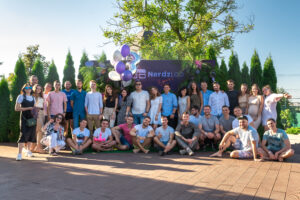
Photo from the 2020 archive – celebrating the company’s third anniversary
What has the Scandinavian model given us?
I’ll start with the most pleasant: in seven years of our company’s existence, we haven’t experienced mass layoffs or significant turnover. Our team continuously grows, and relationships between team members only get stronger. The Scandinavian approach has helped us build a real community where people support each other. This positive buzz about us attracts talented professionals, which is a significant advantage in the competitive recruitment and HR market.
Of course, we have faced challenges. Our model is primarily people-oriented, and financial metrics are secondary. This often forces us to make compromises, even when the financial gain looks attractive. For example, we have repeatedly turned down projects involving outdated technologies or code to ensure our developers don’t work in unsuitable conditions.
Additionally, the company has gone through tough trials during the war. To keep jobs, we shifted some specialists to part-time work. This was a tough but necessary step that allowed us to retain our team and continue moving forward.
The Lockdown Period
During the lockdown, our company lost several projects but did not lay off any developers or cut salaries. Yes, a significant portion of revenue went into keeping employees, but this decision aligns with our values. People come first, not money. Our flexibility also played a role. Thanks to the ability to work remotely even before the lockdown, the transition to working from home didn’t add extra stress for the team; everyone already had their home offices set up.
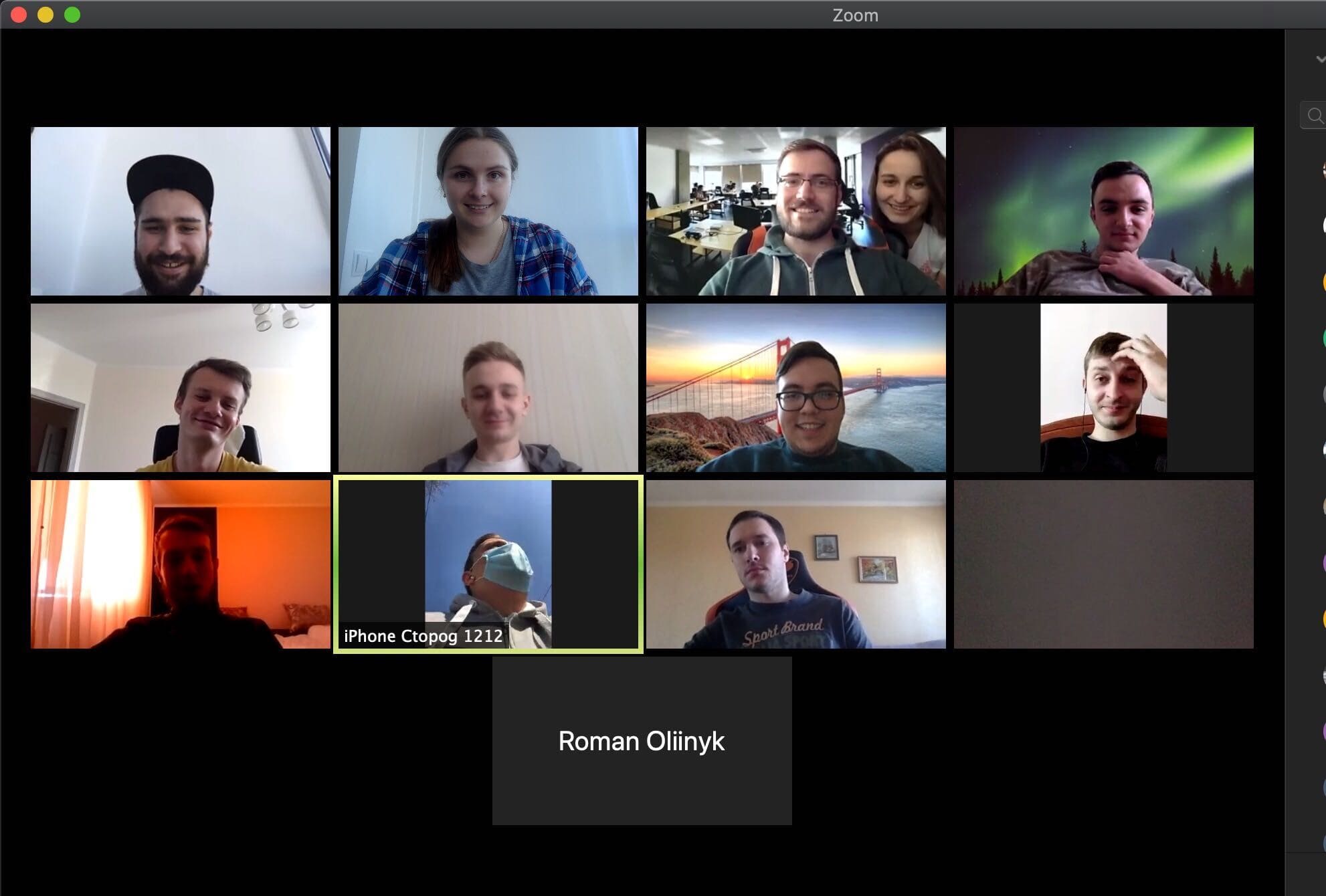
Photo from the 2029 archive – team call during the COVID-19 pandemic
The Start of the War
When the war began, our Scandinavian model proved its effectiveness once again. We quickly adapted, maintaining communication with each employee and providing the necessary assistance. The C-level team and HR promptly decided to provide financial aid to everyone and organized evacuations from hot spots for those who needed it. We also transferred our office to colleagues in Kharkiv, fully transitioning to remote work.
Learn more about our actions at the beginning of the war
Transparency and trust became even more critical during the war. We continued to inform the team about the company’s status, creating a safe environment for productive work. Our social responsibility increased: helping the armed forces, making drones, supporting animal shelters, and more. Even our internal tournaments now have a charitable aspect.

Photo from the 2022-2024 archive
As the company grew, we decided to introduce additional ways for team members to get to know each other: new interest-based communication channels emerged — a book club, a board game club, a traditional Thursday bike ride, and a five-minute daily sports session in the office (for which we installed a pull-up bar in the break area). We support each other both in work and beyond. We gather donations for our friends’ needs, create charitable company merchandise, hold auctions, do group plank sessions, go on team-building activities, and simply hang out on “Tasty Tuesday.”
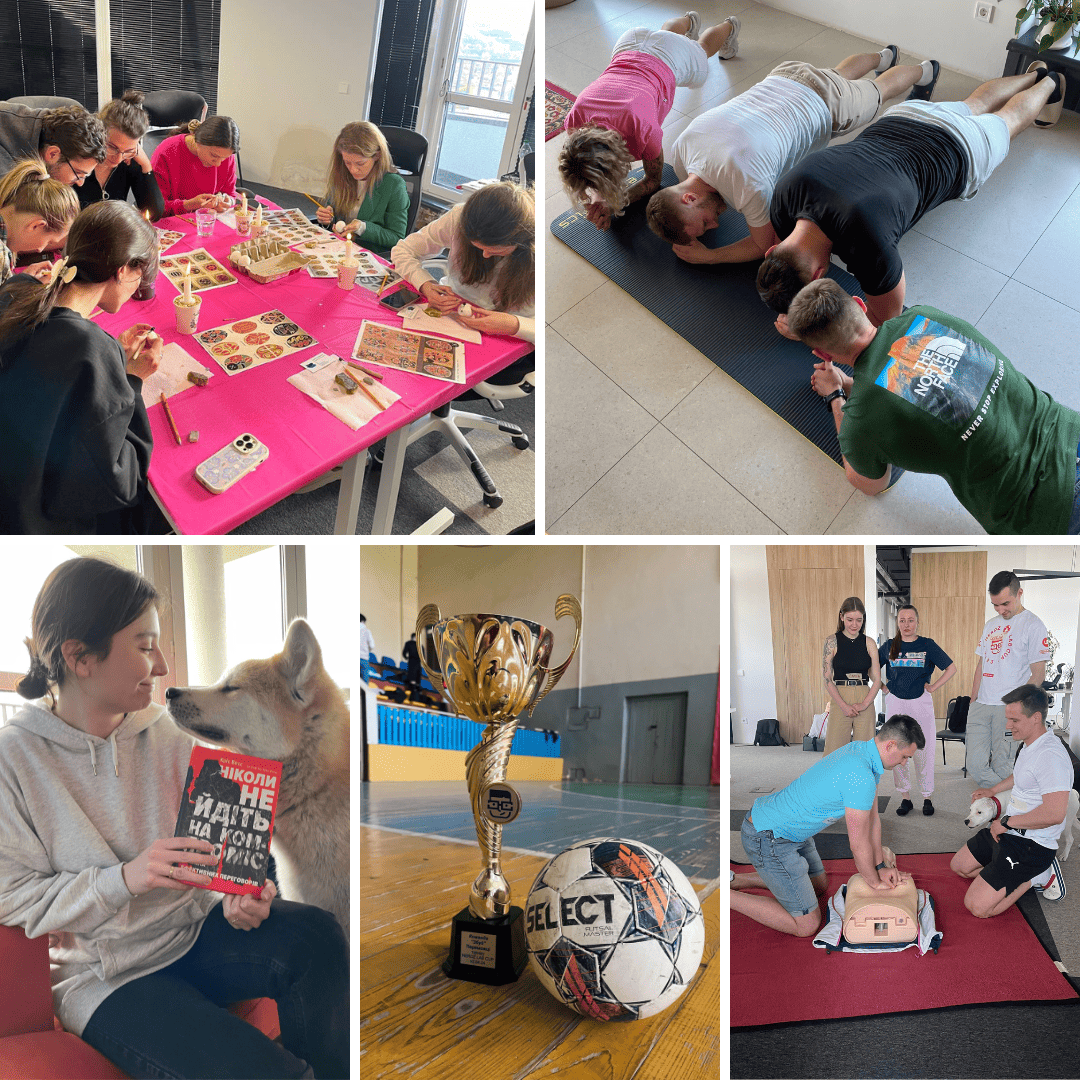
Photo from the 2022-2024 archive
Conclusion
Over our seven years in the IT market, we have found that the Scandinavian management model is optimal for our company. Its principles and values align perfectly with ours, allowing us to build a community where working is not only comfortable but also interesting.
This approach is confirmed by the results of our employee satisfaction survey. Every six months, our HR team conducts this survey to identify areas for improvement and ensure the steady development of the team.
What do you value most about working at NERDZ LAB?
| Team/colleagues/people | 12 responses |
| Atmosphere (friendly, kind, bright) | 8 responses |
| Flexibility/flexible schedule | 7 responses |
| Openness (communication, transparency, openness of people) | 7 responses |
| Ability to work remotely | 3 responses |
| Professional development/opportunity to grow | 5 responses |
| Management/attitude toward employees | 3 responses |
| Support (assistance) | 3 responses |
Would you recommend our company to your friends?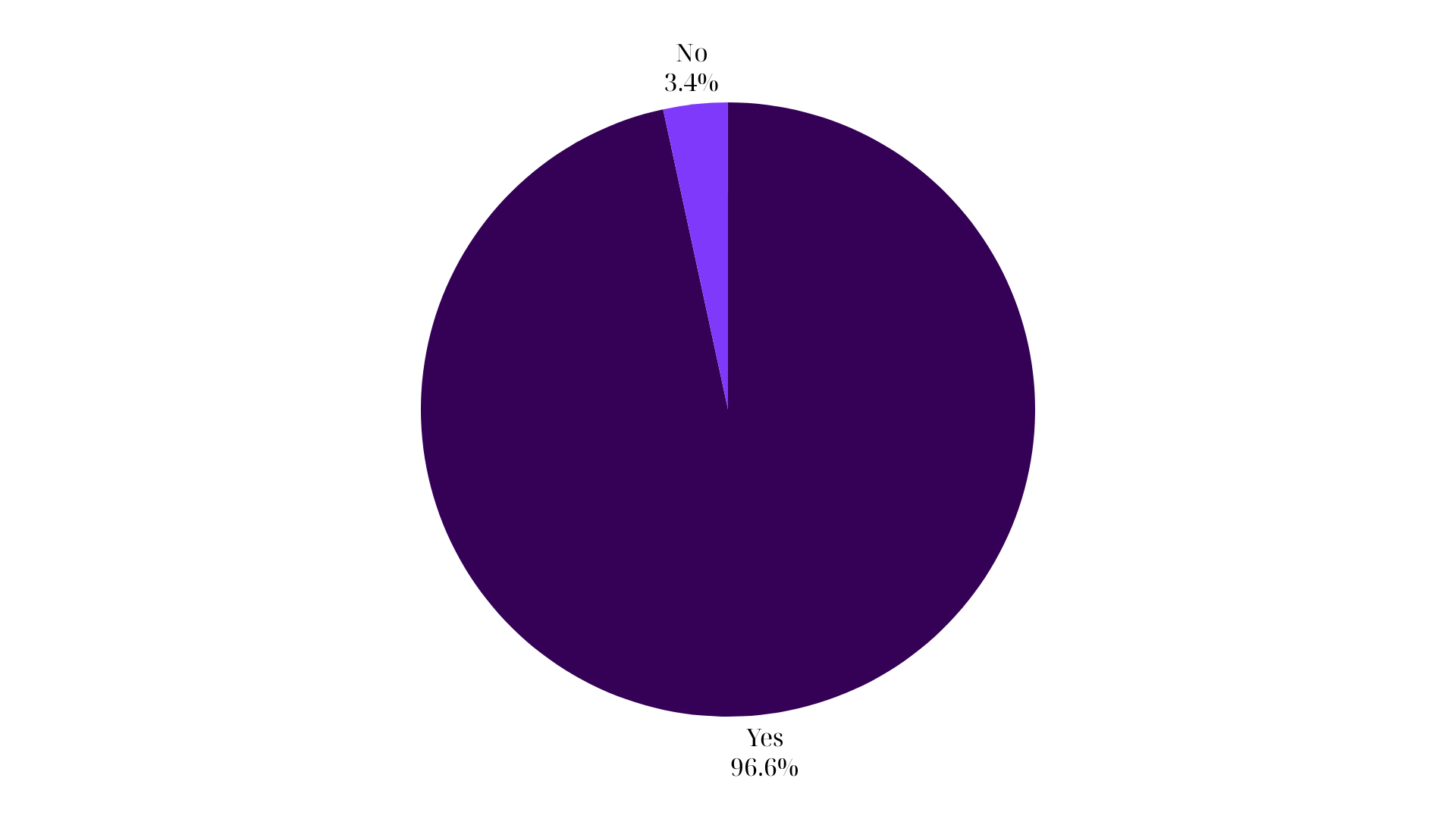 Why would you recommend us?
Why would you recommend us?
| Team/people/friendliness of colleagues | 11 responses |
| Atmosphere (positive, nice, kind) | 10 responses |
| Company is great/cool/the best | 10 responses |
| Opportunity for development/career growth | 6 responses |
| Good working conditions/comfortable office | 6 responses |
| Flexible schedule | 4 responses |
| Company support (care, help) | 4 responses |
| Interesting projects | 4 responses |
| Open communication | 3 responses |
| Stability | 2 responses |
Survey results for 2024, with 59 participants
Related articles:
See all

Anastasia Andon
/
Brand Marketing Manager
— 7 min read


